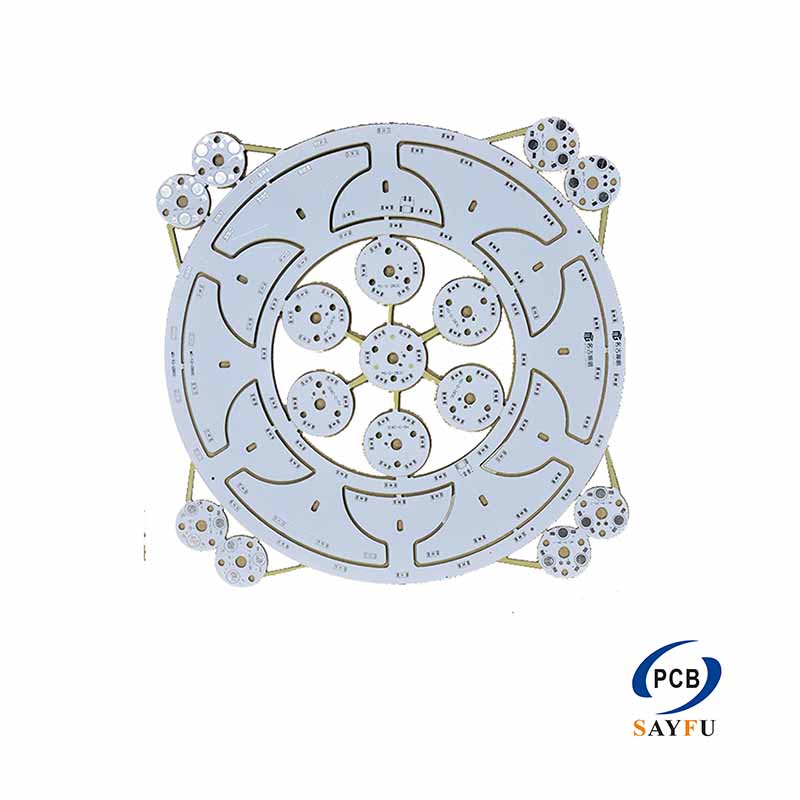Layer stack-up for PCB typically consist of three or more layers, including signal layers, power planes, ground planes, and dielectric layers. The combination and arrangement of these layers are carefully designed to meet specific electrical, mechanical, and thermal requirements of complex electronic systems.
Signal Layers for Layer stack-up for PCB
Signal layers are where electrical signals travel between components. In a multi-layer PCB, there can be several internal and external signal layers. External signal layers are on the top and bottom surfaces, which are convenient for component placement and connection. Internal signal layers are nestled between power and ground planes. High-speed signals often require dedicated signal layers with controlled impedance to prevent signal degradation. For example, in a high-performance graphics card PCB, specific internal signal layers are allocated for high-speed data transmission between the graphics processing unit (GPU) and memory modules.
Power Planes for Layer stack-up for PCB
Power planes distribute electrical power to components across the board. They are usually large, continuous copper areas that carry a specific voltage, such as 3.3V or 5V. A well-designed power plane ensures stable power delivery, reducing voltage drops and power noise. In a server motherboard, multiple power planes may be used to supply power to different components like the central processing unit (CPU), chipsets, and expansion slots, each with its own power requirements.
Ground Planes
Ground planes serve as a common electrical reference point for all components on the PCB. They provide a low-impedance path for return currents, which helps reduce electromagnetic interference (EMI) and crosstalk between signals. Ground planes also contribute to the mechanical stability of the board. In communication devices, such as routers, ground planes are crucial for maintaining signal integrity and preventing interference that could disrupt data transmission.
Dielectric Layers for Layer stack-up for PCB
Dielectric layers, made of insulating materials like fiberglass-reinforced epoxy (FR-4), separate the conductive layers. Their thickness and dielectric constant affect the electrical characteristics of the PCB, such as impedance and signal propagation speed. Thinner dielectric layers can increase the density of signal routing but may also pose challenges in terms of manufacturing and electrical isolation.
When designing the layer stack-up of a multi-layer PCB, engineers must consider factors such as signal frequency, power consumption, component layout, and manufacturing capabilities. Optimizing the layer stack-up is essential for achieving high performance, reliability, and cost-effectiveness in complex electronic products.
